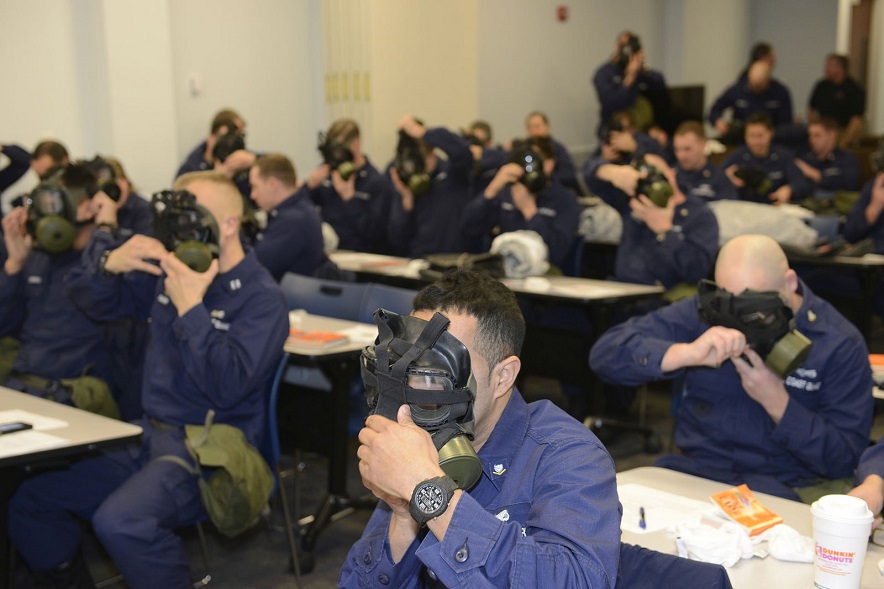Response to Article: “Evolving Biothreats”
It was with great interest that I read the article "Evolving Biothreats" in the January 2018 edition of Security Management. This particular subject has obviously taken a back seat of late, but it does indeed remain a critical priority issue both in the United States and internationally. In the years since the Anthrax attacks in 2001, the topic of coordinating a biodefense strategy has been studied, analyzed, and presented to the U.S. Congress and the three previous presidential administrations, resulting in very little attention or progress in regards to developing a comprehensive biodefense plan to meet the multiple and diverse threats that we face on a daily basis.
The GAO study mentioned in the article appears to clearly highlight some of the critical vulnerabilities within the current configuration of responsibilities. The sheer number of federal, state and local agencies that have individual or overlapping cognizance for the variety of incidents that could present themselves results in the potential of tardiness of action, duplicate accountabilities, and difficulties with basic communication and coordination issues. The number of studies completed since 2001 also highlight these same vulnerabilities. Subsequently, one common recommendation has been to establish an executive (White House) level position that would administer and coordinate the efforts among all the departments and agencies involved in the biodefense strategic plan.
One specific study, released in 2011, the Graham-Talent Report Card, focused on the United States' posture relative to the ability to respond and recover from a multitude of biological-related events. The final analysis contained within the study revealed a sobering view of our capabilities and abilities to adequately respond and recover from any of a number of accidental, naturally occurring disease outbreaks and any nefarious acts. Little progress has been made since this landmark study was released. Anyone having an interest in reading the entire report can find it via the Internet.
Creating and administering an effective and efficient biodefense strategic plan is exceedingly complex requiring high level government commitment, support, and adequate resources. The high-altitude model for beginning the process is represented in the following diagram.
Figure 1 Bio-defense strategic planning matrix
Provided with permission from, Applied Laboratory Biorisk and Biosecurity Management Guide;AlphaGraphics, 2015, Kirk R. Wilhelm, 297 pages.
Each discipline obviously has its own unique mission(s), but all will need to communicate and coordinate with other mission responsible partners for intel acquisition and analysis of all known risks, threats, and vulnerabilities, essentially a Biorisk Assessment, which identifies the roadmap for developing all the countermeasures required for operations, biosafety, biosecurity, emergency responses, and recovery. In addition, all the communications and coordination elements must be addressed with agencies and departments required to fulfill the requirements of the overall plan. Obviously, the plan must include state, local, and medical facilities. A significant training and education program needs to be included and implemented for all concerned.
The herculean effort needed to create and administer a biodefense plan for a country the size of the United States may have contributed to the reluctance of congress and presidential administrations to create a positive action plan. The significant difference remains, that biothreats in all categories within the chart of potential sources have the potential to invoke catastrophic consequences for people, livestock, plants, and our economic prosperity. A biodefense plan must have equal attention to its sister plans for chemical and nuclear threats. The significant differentiation is that biological pathogens are living organisms, constantly mutating and changing virulent characteristics. These pathogens know no boundaries, nor do they possess any political or ideological alliances. I agree completely with the premise of the article and stress the importance that action is required in the near term.
Kirk R. Wilhelm, CPP, is a consultant and subject matter expert in biorisk and biosecurity. He retired from MRIGlobal, where he was senior biosecurity manager.
To read the original article, "Evolving Biothreats," click here.
